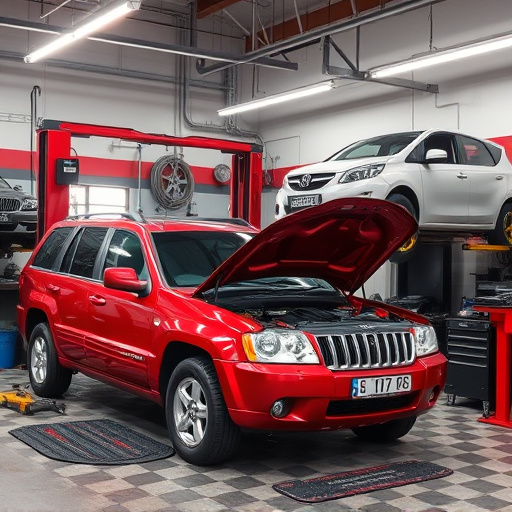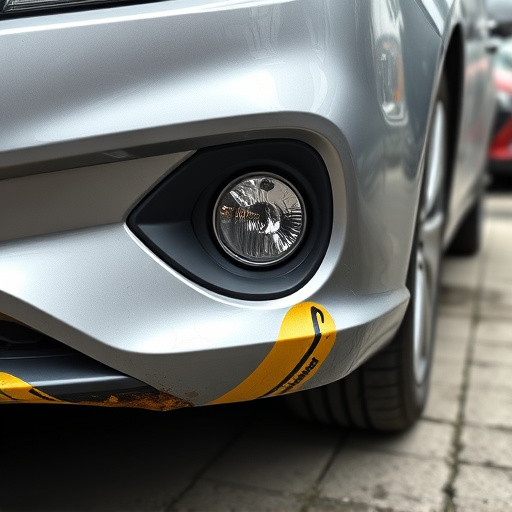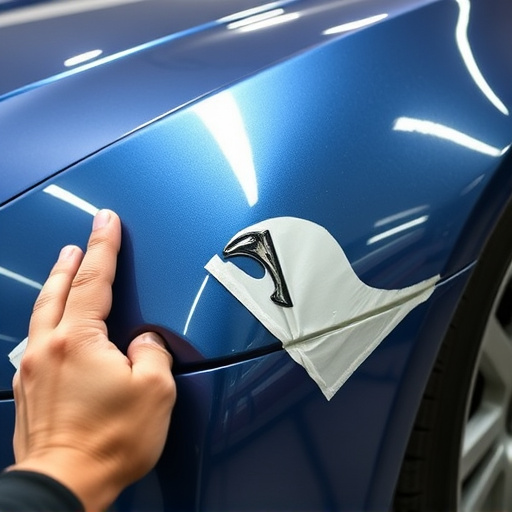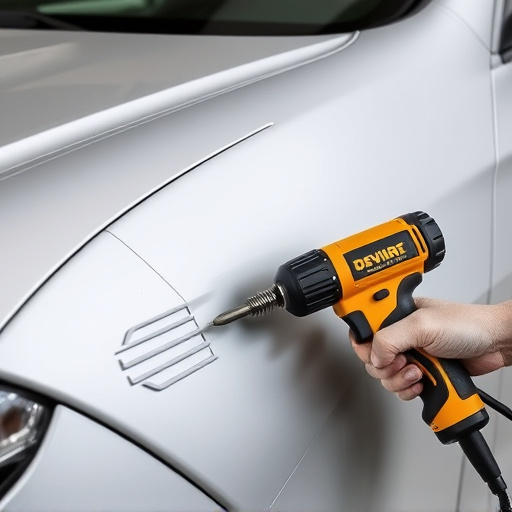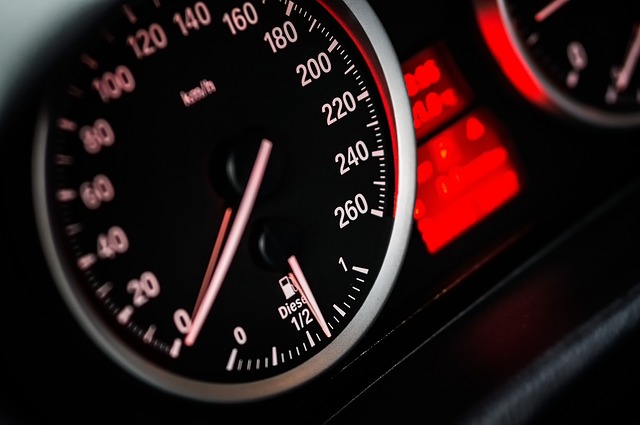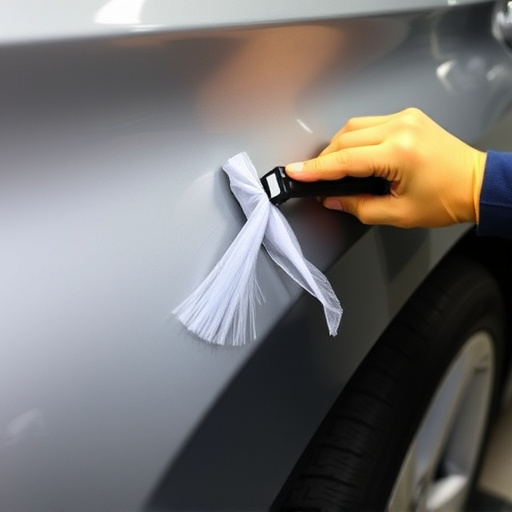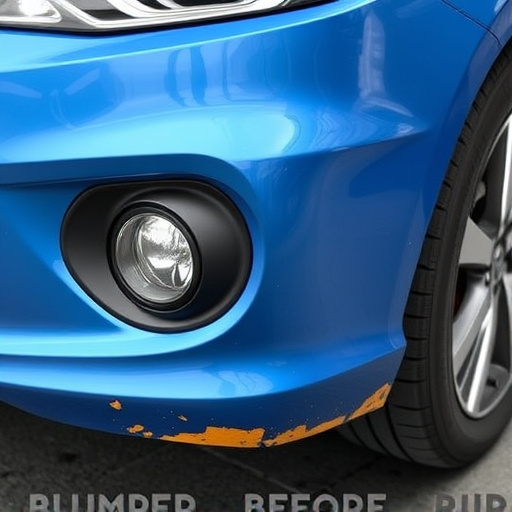Tesla charging ports require regular maintenance and careful handling to prevent overcurrent events caused by faulty wiring or external damage. Prompt attention to unusual behaviors is crucial, as repeated or severe cases may necessitate complex repairs focusing on specific module replacement. Regular debris removal, proper painting, and certified EV repair services are key to avoiding costly and potentially hazardous charging port failures.
Tesla owners often encounter overcurrent events while charging, leading to potential damage to the crucial charging port. This article delves into understanding these incidents, exploring common causes, and providing a comprehensive guide to repairs. From identifying issues to implementing preventive measures, we offer insights into ensuring your Tesla’s charging port remains in top condition. Learn about the repair process and discover strategies to mitigate future overcurrent events, promoting safe and efficient charging experiences.
- Understanding Tesla Charging Port Overcurrent Events
- Common Causes of Charging Port Damage
- Repair Process and Future Prevention Strategies
Understanding Tesla Charging Port Overcurrent Events
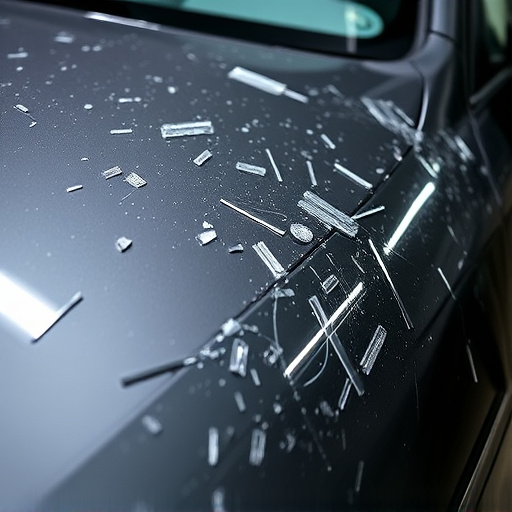
Tesla charging ports are integral to the electric vehicle’s (EV) functionality, making their reliable operation a priority for owners. Overcurrent events, where the charging port experiences excessive electrical current, can lead to potential damage and safety hazards. These incidents might occur due to various factors, such as faulty wiring, loose connections, or external damage. When a Tesla charging port encounters an overcurrent situation, it triggers protective mechanisms to prevent further harm. However, repeated or severe overcurrent events may necessitate a Tesla charging port repair.
Regular maintenance and prompt attention to any unusual behavior are key in preventing such issues. Some minor problems, like a dented or scratched port (similar to tire services for wheels), might initially go unnoticed but could indicate underlying issues. Addressing these aesthetic repairs promptly can help avoid more complex and costly Tesla charging port repair needs down the line.
Common Causes of Charging Port Damage
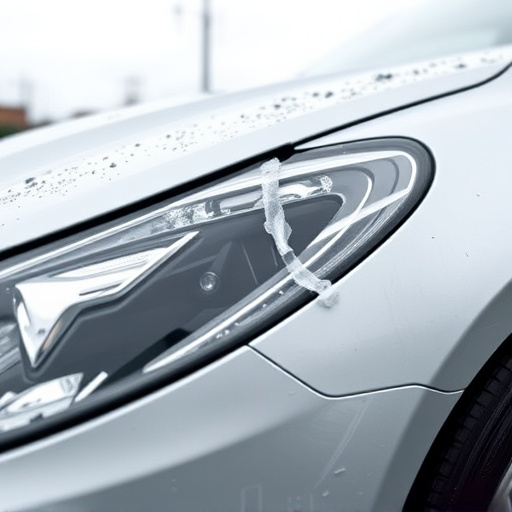
Charging ports on Teslas are highly susceptible to damage due to several common causes. One of the primary reasons is overcurrent events—when a higher-than-normal current flows through the port, often due to faulty cables or rapid charging. This can lead to melting or burning of the delicate internal components. Additionally, physical damage from impacts or rough handling during installation or removal of cables is another significant factor. The charging port’s location on the vehicle makes it vulnerable to accidental bumps and scratches.
Unlike a mercedes benz collision repair, where frame straightening might be required after a severe accident, Tesla charging port repair focuses on replacing specific parts or modules that have failed due to overcurrent events or physical damage. Regular maintenance and careful handling can prevent most issues, but given the intricate design of modern electric vehicle (EV) charging systems, immediate attention is crucial when signs of trouble emerge. Auto repair services specializing in EVs are best equipped to handle these repairs, ensuring both safety and effectiveness.
Repair Process and Future Prevention Strategies
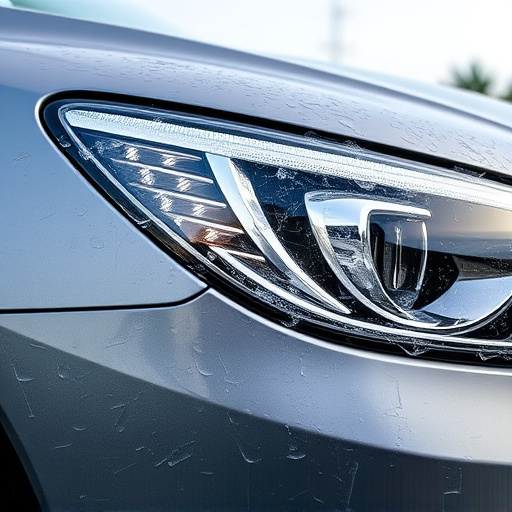
The Tesla charging port repair process involves several steps to ensure a safe and effective fix. First, technicians carefully inspect the port for signs of damage, including cracks or melted components from overcurrent events. Depending on the severity, replacement parts are either soldered in or securely fastened using specialized tools. For minor issues like loose connections, re-soldering or tightening can restore functionality. Proper grounding and insulation checks are also conducted to prevent future occurrences.
Looking ahead, Tesla owners can take proactive measures to avoid such overcurrent events. Regular maintenance checks, including cleaning the charging port of debris or corrosion, can significantly reduce risks. Additionally, utilizing certified car paint services for any paint work near the port can ensure proper grounding and protection against electrical surges. Should a collision damage repair be necessary, ensuring the work is performed by experienced professionals who understand the delicate balance of electric vehicle components is paramount.
Tesla charging port repairs are becoming increasingly necessary due to overcurrent events. Understanding the root causes, whether from hardware issues or user error, is key to preventing future damage. The repair process involves specialized techniques and parts, emphasizing the importance of timely intervention. By adopting best practices and advanced prevention strategies, Tesla owners can minimize the risk of charging port damage, ensuring a seamless electric vehicle experience.
